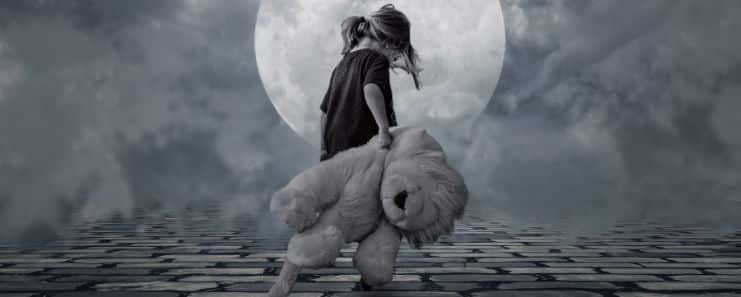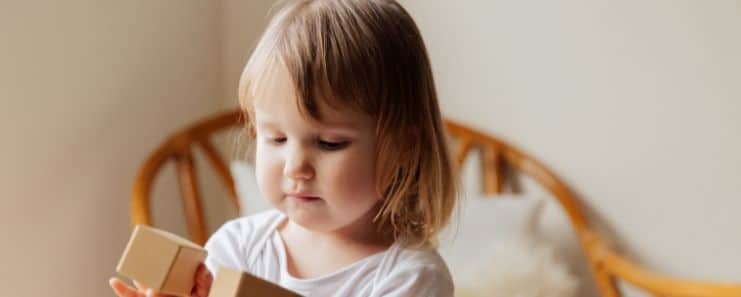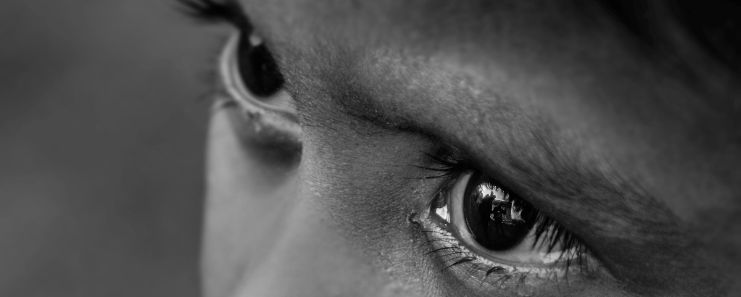The mistreatment of a child is known as child abuse. Physical, emotional, or sexual abuse are all possibilities. This type of abuse is also known as exploitation of a child, as well as failing to adequately care for a child, often known as neglect. Abused children’s health, welfare, and self-esteem are frequently harmed. This article examines the various types of child abuse, how each type affects a child’s mental and physical health, how to stop child abuse and how childhood trauma can be addressed.
Child Abuse Indicators

There are symptoms that a youngster is being abused when he or she is being mistreated by a caregiver or another individual. Among them are:
1. Physical Abuse Symptoms
- Unknown causes of facial injuries
- Injury to the forearms
- Skin with burn markings
- Bruising around the ears
- Dental and oral injuries
- Internal harm
- Head trauma might cause vomiting or breathing problems.
2. Sexual Abuse Symptoms
- Bruising in the genital area
- Urination or feces that hurts
- Discharge in the genital or rectal regions
- Walking or sitting with difficulty
3. Child Abuse Behavioral Signs
- Nightmares
- Wetting the bed
- Concentration issues
- The emergence of phobias
- Problems with food
- Fearful of parents and carers.
- Speech impediments
- Poor academic performance
- Abuse of substances
- Unease when undressing
- During physical examinations, docile
- When touched, she withdraws.
Child Abuse in Different Forms
Abuse of children can take several forms, which are detailed below.

1. Abuse of Power
The intentional physical damage to a kid by parents or caregivers is referred to as this type of abuse. A child may be physically abused by beating them with their hands or an object. Physical abuse includes things like burning, biting, or forcibly restraining a child with the aim to hurt them. When a child has a disability or is raised by an unmarried mother, he or she is more vulnerable to physical abuse. When a child is raised in poverty or in a family where domestic violence is common, there is a higher risk of violence. The same is true when a youngster grows up with an adult who is not related to them.
2. Abuse of Emotions

This type of abuse may not necessarily show obvious indications of physical trauma, but it is no less painful. Emotional abuse happens when a parent or caregiver humiliates, terrorizes, isolates, or exploits a child. When a child is repeatedly scolded, intimidated, rejected, or given little support or love as he or she grows up, this is shown.
3. Neglect
This is when a caregiver/parent fails to address a child’s most basic requirements. Neglect can take various forms, such as a child not being taken to routine medical checkups or being denied healthcare by a caretaker. This type of abuse is also seen when a child is not given proper nutritional care or is subjected to extreme substances such as drugs.
4. Sexual Assault
The forced involvement of children in sexual actions is known as sexual abuse. It could also entail compelling a child to participate in sexual actions they don’t completely comprehend. Children may be forced to engage in sexual behaviors they do not completely comprehend as a result of this type of abuse. Sexual assault, rape, adultery, fondling, oral sexual touching, commercial sexual exploitation of children, or genital/anal penetration are all examples of sexual abuse. This also includes exposing a youngster to sexual activities or photographing them in an inappropriate manner. Child sexual abuse prevention is important and everyone of us should make sure if anything around us is happening it should be reported immidiately.
Child Abuse’s Effects
Abuse has had far consequences on a child’s overall well-being.
1. Physical Abuse’s Effects
Physically, children may experience fractures, burns, deformity of the face or body, and even seizures as a result of physical abuse. Children may develop PTSD or even cognitive disability as a result of this procedure.
2. Emotional Abuse’s Effects
Emotional abuse can lead a child’s sense of self to be shattered. Negative brain disturbances, anxiety, melancholy, low self-esteem, confrontational actions, your child does not feel like studying, and apparent delinquent habits like alcohol usage in early adulthood could all be the result of this abuse.

3. Sexual Abuse’s Effects
Sexual abuse of minors has both short- and long-term consequences on their health. Victims of child sexual abuse may have feelings of rage, remorse, and shame as a result of their treatment. Sexually abused children are also more likely to develop anxiety, sadness, and inappropriate sexual behaviors later in life. Later in life, these survivors may face issues such as alcoholism, drug addiction, marital/family troubles, and a frightening concern with suicide.
4. Neglect’s Effects
A child who is not provided with the necessary tools and attention for appropriate growth may struggle in school. As a result of their desertion, this child is prone to develop emotional and behavioral issues. Poor childhood therapy may also be linked to later challenges in life, such as liver and heart disease. Neglect can also lead to a child’s silentness so make sure that you communicate with your child regularly and let them know that you are there for them. If still your child shies away from opening up to you then take professional help and understand what is child counseling and how it can help your kid or reason why your child needs a psychologist.
How to Deal with the Consequences of Child Abuse
This practice should be reported to child protection authorities or other appropriate law enforcement organizations in suspected situations of child abuse by a parent or caregiver. After that, children who have been physically abused should be stabilized, with examinations to identify the extent of the trauma. Psychotherapy, medication, or a mix of the two may be used to protect these youngsters.

Therapy can help with the issues associated with abuse and neglect. A child must also be taught acceptable behaviors for adult-child relationships and how to speak up about sexual abuse. Therapy can also serve as a support structure for children who have been mistreated. PTSD, anxiety, sadness, and other problems connected with abusive treatment may be treated with medication. Maltreatment throughout development is a traumatic event. The various forms of child abuse have far-reaching consequences for children’s development, but they can be controlled with the correct tools.
Conclusion
Child abuse is an all-too-common occurrence. Children are subjected to a variety of rippling effects as a result of the maltreatment they have received. While healing can be difficult after a life marked by physical assault, sexual violence, or neglect, it is possible. Child abuse can be effectively managed by enrolling a child in treatment or putting them on medication to handle negative consequences. You also need to understand the signs of your child’s needs to see a psychologist. It is critical to report suspected incidences of ill-treatment to the appropriate authorities in order to protect a child from abuse.
People Also Read:
Child Sexual Abuse Prevention: How To Protect Your Child From Sexual Abuse
What is Child Psychology? How it is Important for Children?
7 Signs Your Child Needs A Psychologist | Child Counselling
School Phobia: How to Help Your Child Overcome School Refusal?













